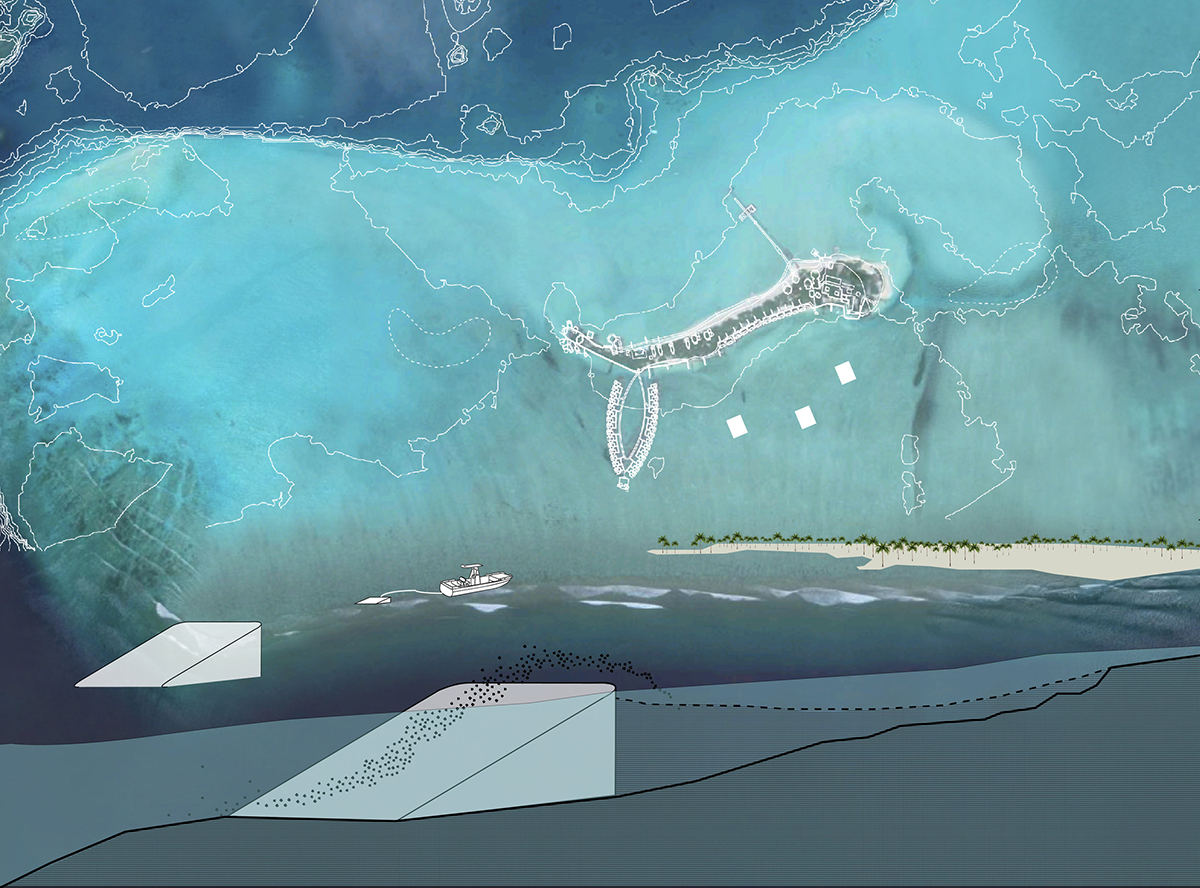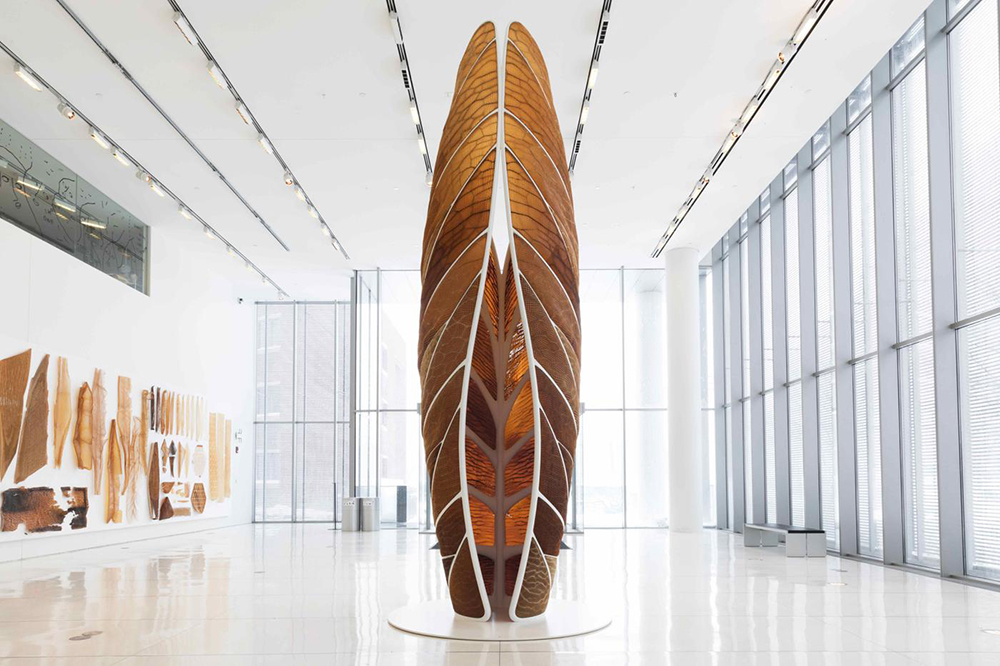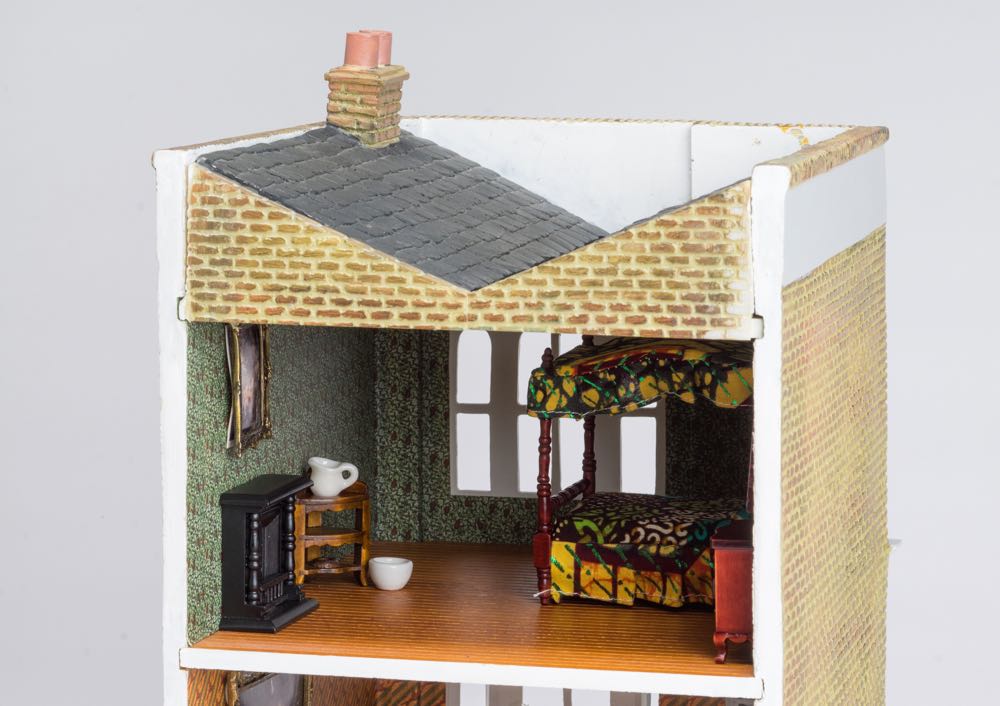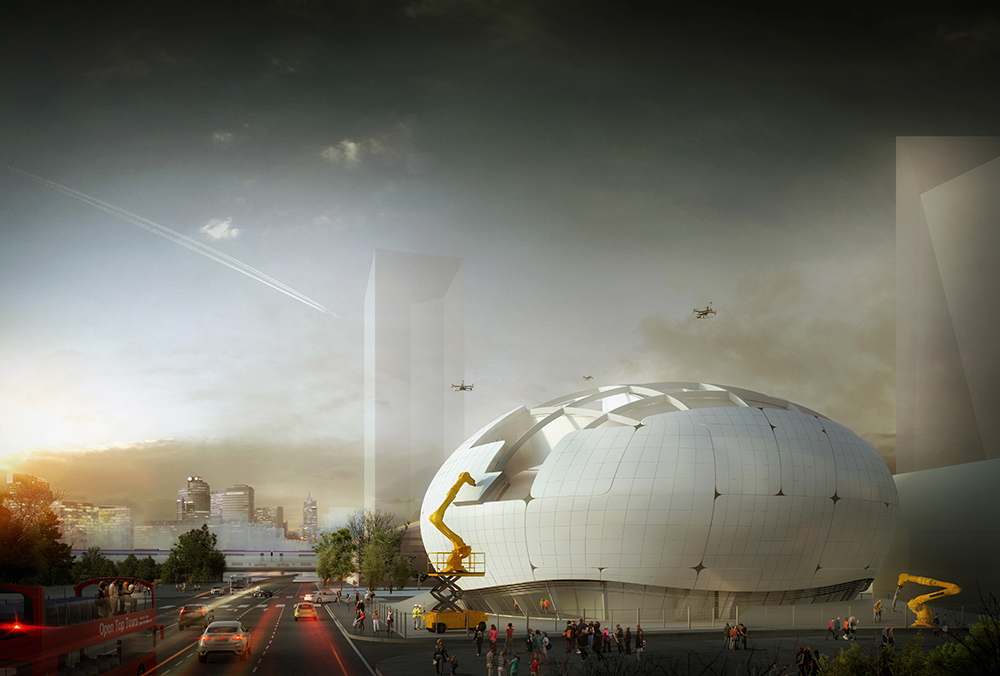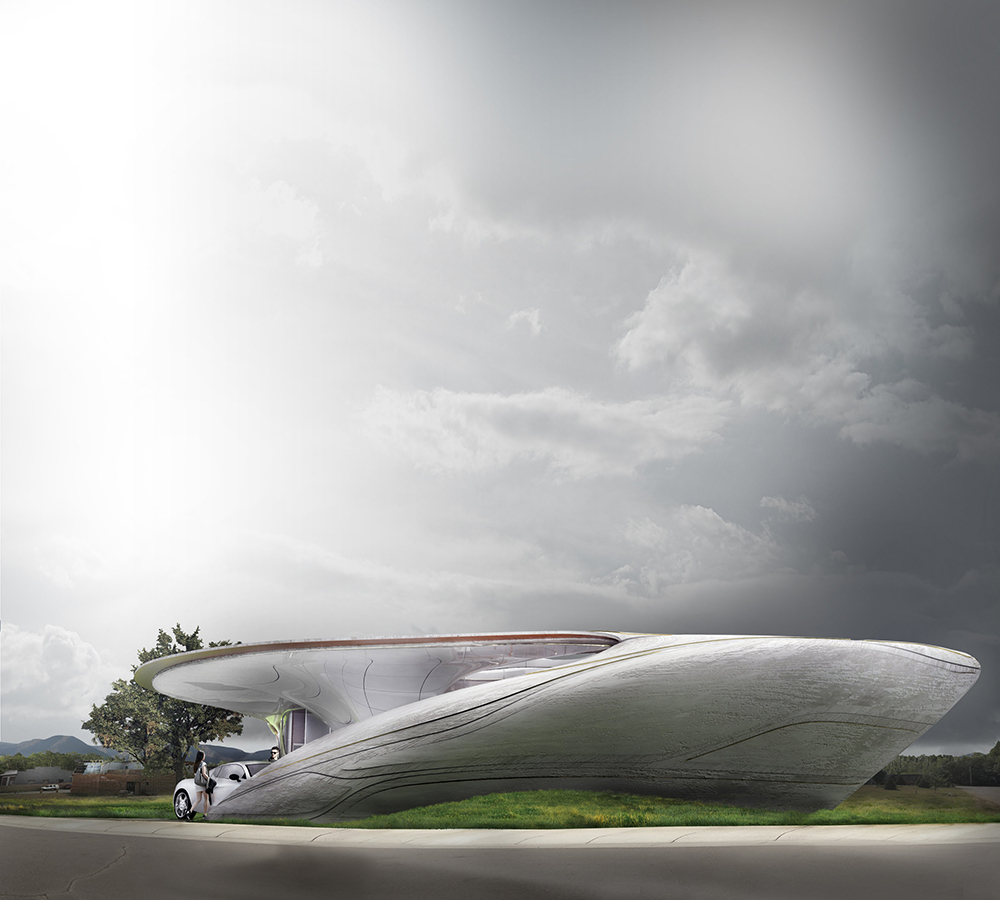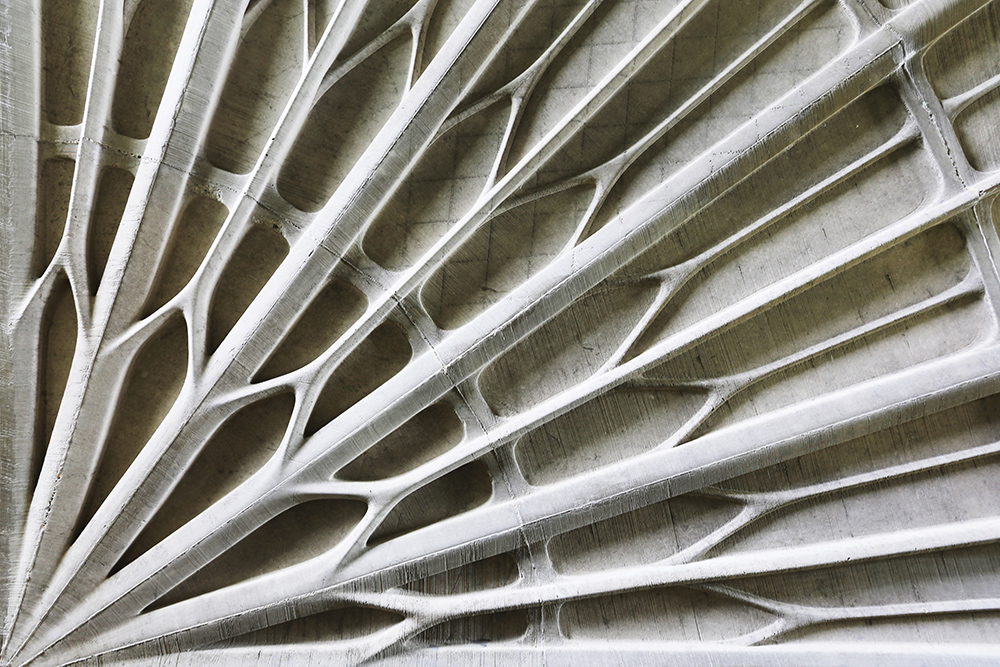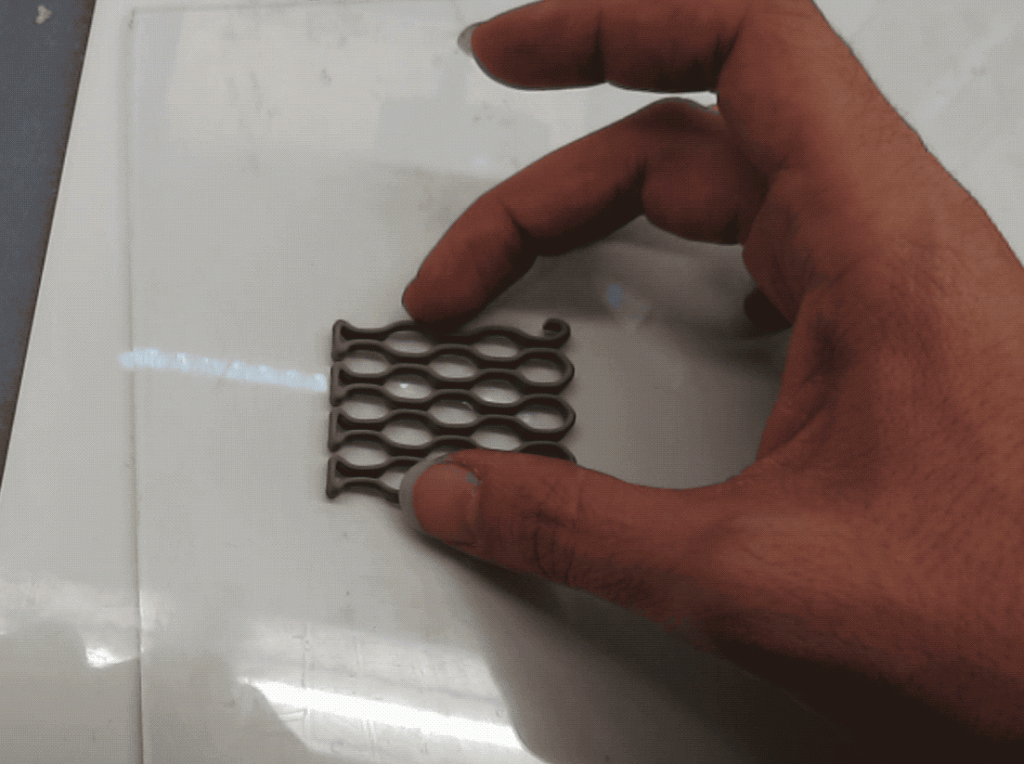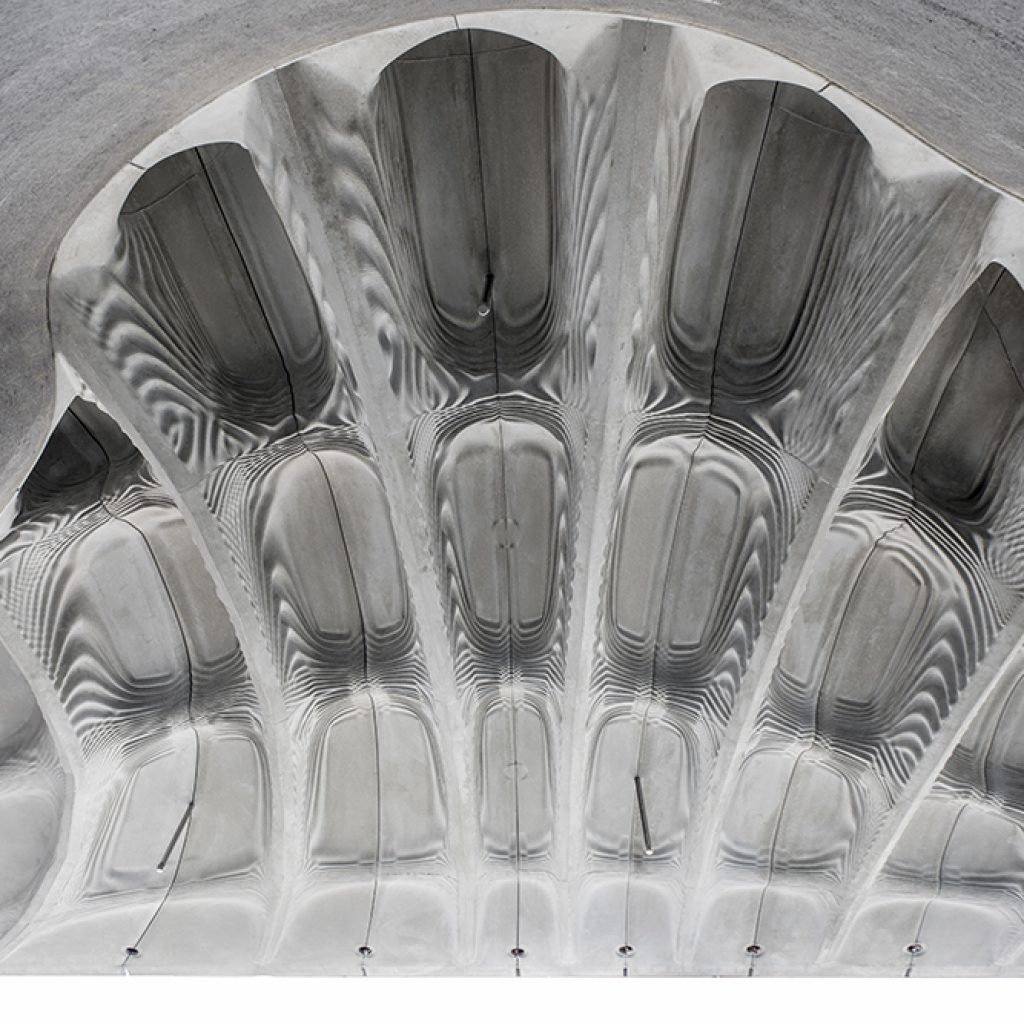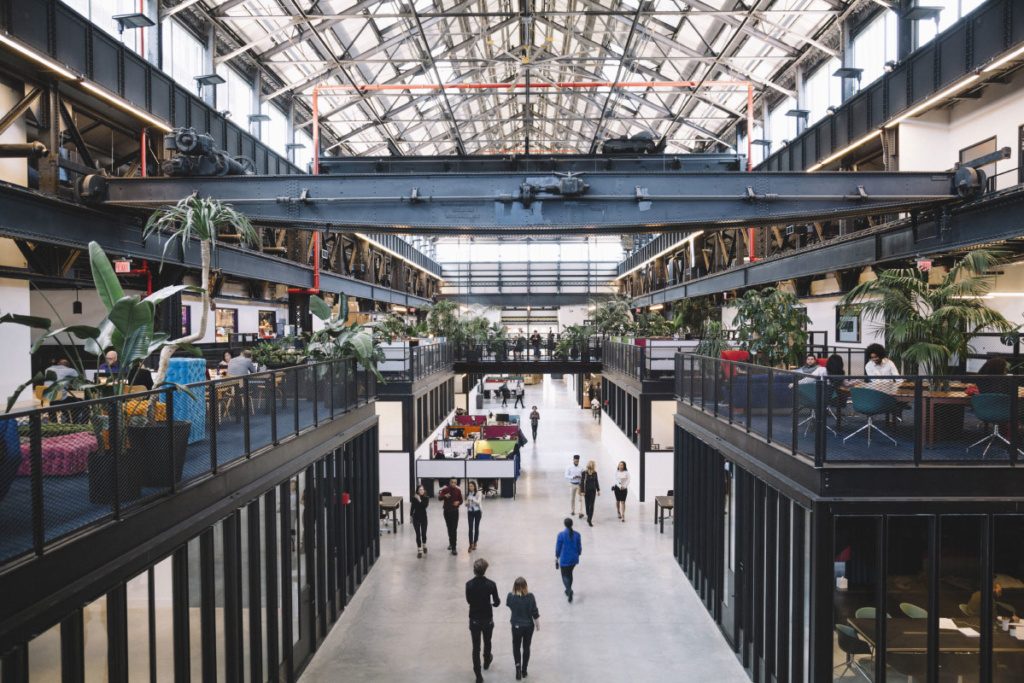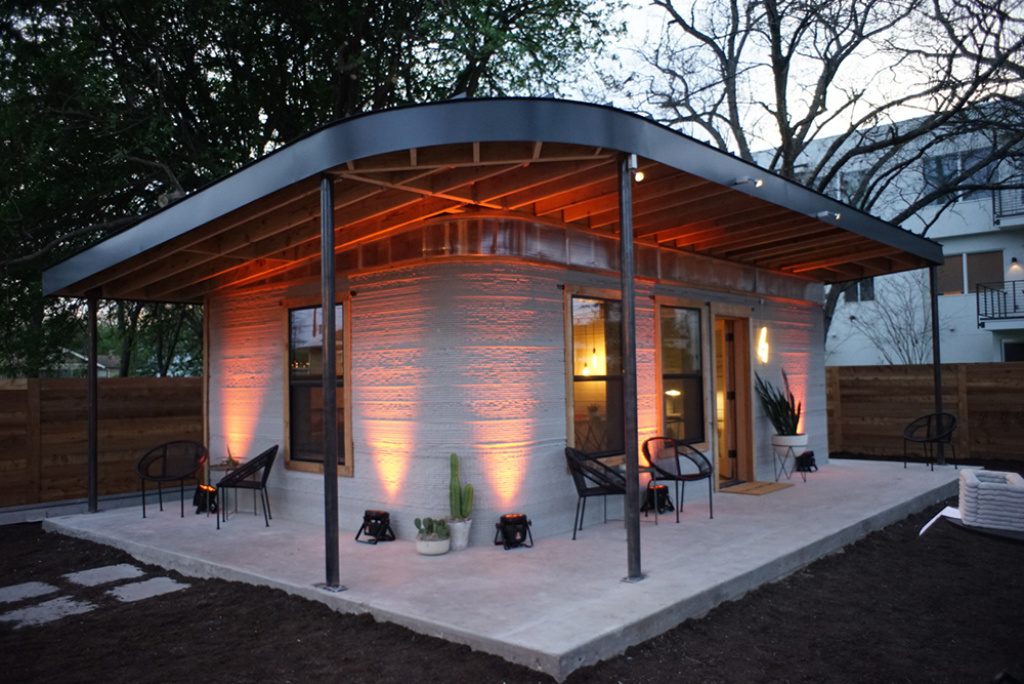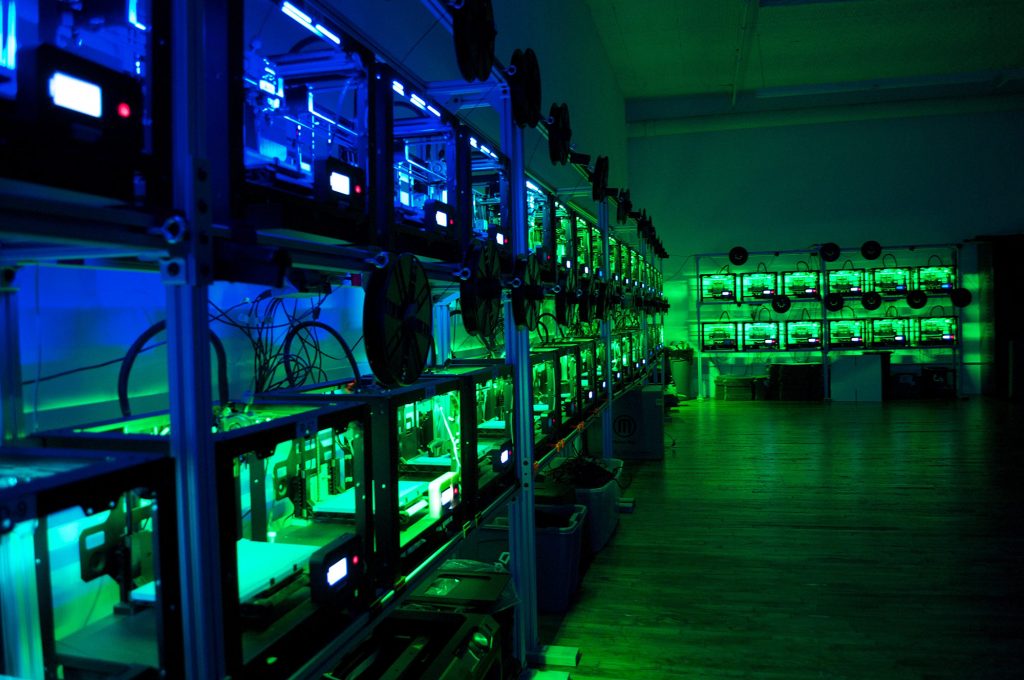“Movement was always an underlying instigator to how I look at form,” explains architect Amina Blacksher, who began ballet at age six. Her work crosses boundaries and unifies seemingly disparate practices, as she now, among many other things, uses the tools and methods of an architect to investigate the place of robots in our lives
Human-driven climate change is threatening the coastal areas that nearly half of the world calls home with rising sea levels and increasingly severe storms. While dams, barriers, dredging, and artificial reefs are sometimes used to address these “forces of nature,” these strategies come with their own drawbacks and, in some cases, significant environmental and ecological
Less than 10 percent of the billions of tons of plastic ever produced has been recycled, with much of it winding up in the Earth’s oceans where the plastic disrupts ecosystems and releases toxic chemicals. In response, researchers led by Neri Oxman of MIT’s Mediated Matter Group, which focuses on “nature-inspired design and design-inspired nature,”
ETH Zürich’s high-tech showhome opened its doors this past week. The three-story DFAB HOUSE has been built on the NEST modular building platform, an Empa– and Eawag–led site of cutting-edge research and experimentation in architecture, engineering, and construction located in Dübendorf, Switzerland. The 2,150-square-foot house, a collaboration with university researchers and industry leaders, is designed
There have been a number of projects to digitize culture as of late. More and more museums are putting their collections online, and there are, of course, the many projects of Google Arts & Culture, including the company’s recent experiments 3-D printing historic sites. Now, all of the United Kingdom‘s publicly-owned sculptures that have been made
The soon-to-be-built Robot Science Museum in Seoul, South Korea, will be a robotics exhibition itself. The museum, to be designed by Turkish firm Melike Altınışık Architects (MAA), will be built by robots when construction begins next year. In this way, the construction of the building itself will be the museum’s “first exhibition,” according to principal
3-D printing in architecture is growing—literally. Once limited to models and small pieces, the technology has recently been adapted to large-scale projects, like the world’s largest 3-D-printed concrete bridge in Shanghai, a stainless steel bridge in the Netherlands, and walls for U.S. military barracks. An Austin-based company has even begun selling plans for 3-D-printed
Global construction continues to steam ahead, even while seemingly mundane building materials (like sand) become rarer and more precious, and construction industry’s carbon dioxide emissions contribute to global climate change. The building industry seems to be demanding new solutions, but scalable alternatives remain scarce. Enter the Block Research Group at ETH Zurich. The group, which is
Concrete is a ubiquitous building material, applied to the bulk of contemporary construction projects. While the sedimentary aggregate is commonly used due to its impressive compressive strength, it remains a brittle material subject to damage or failure during extreme environmental events such as earthquakes. In response to this inherent weakness, a team of researchers based out
The MIT-based Mediated Matter Group, founded by architect and designer Neri Oxman, is well known for its groundbreaking explorations at the nexus of 3-D printing, design, and what Oxman refers to as “material ecology,” a term that covers projects ranging from a CNC-fabricated scaffold coiled with silk thread produced by 6,500 silkworms to a solid wooden chaise adorned
A research team led by Jamin Dillenburger, an assistant professor at ETH Zurich, has recently produced and installed a concrete ceiling shaped by 3D-printed sand formwork. Dubbed the “Smart Slab,” the 1000 square-foot ceiling is significantly lighter and thinner than comparable concrete ceilings. According to ETH Zurich, Dillenburger’s research group “developed a new software to fabricate the formwork elements,
Meet the incubators and accelerators producing the new guard of design and architecture start-ups. This is part of a series profiling incubators and accelerators from our April 2018 Technology issue. Located in a former shipbuilding space at the Brooklyn Navy Yard, New Lab is an 84,000-square-foot collaborative tech hub dedicated to entrepreneurs working on scalable technologies and products. New Lab supports companies in nine
At this year’s South by Southwest Festival (SXSW), Austin-based startup ICON unveiled the first residential permitted 3-D-printed house in the United States. ICON is partnered with the non-profit New Story, which has constructed homes for thousands of displaced residents across Haiti, El Salvador, and Bolivia. The young firm views their technology as an practical tool to address the sheltering needs of the
NYCxDESIGN kicks off this week, and our first ever Tech+ Expo will be part of it. Check us out on May 23rd from 8:30 a.m. to 6:30 p.m. at 639 West 46th St. For more information visit techplusexpo.com. A wave of new technologies is transforming the architecture, engineering, and construction industries. On May 23, The Architect’s Newspaper will host the first trade expo and

